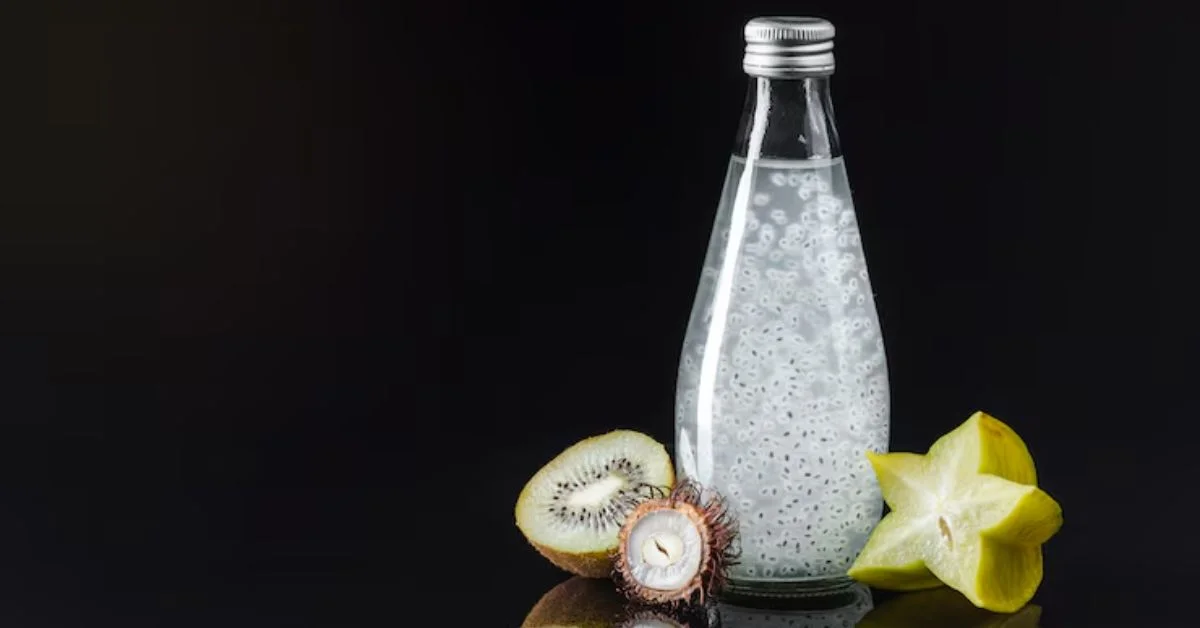At a time when global urbanization is reshaping demographics and digital life dominates the social fabric, the word Sodziu emerges as a whisper from the countryside. It’s more than a place, more than a lifestyle—Sodziu represents the essence of a rural community rooted in tradition, sustainability, and shared experience.
In 2025, as cities expand and virtual realities deepen, people are rediscovering the value of hyperlocal culture. Sod-ziu, often associated with Eastern European or Baltic rural traditions, is experiencing a renaissance—a reclamation of simplicity and authenticity in a complex world.
What Does “Sodziu” Mean?
Derived from Baltic and Slavic linguistic roots, “Sod-ziu” (or “sodžius” in Lithuanian contexts) traditionally referred to a small village or homestead. It embodies:
- A close-knit rural community
- Agricultural sustainability
- Intergenerational knowledge sharing
- Deep ties to land and nature
But in today’s context, it has become a symbol for something larger: resistance to alienation, preservation of identity, and the power of place.
READ MORE: Biitland.com Bitcoin: Redefining Access and Trust in the Crypto Economy
The History of Sodziu
Sodziu emerged as a central unit of life in pre-industrial societies. Villages operated as autonomous micro-ecosystems where farming, crafts, and cultural rites were interwoven into daily survival.
Key historical elements include:
- Communal Living: Shared labor in fields, cooperative food storage, and collective child-rearing.
- Seasonal Rhythms: Life synchronized with harvests, solstices, and animal migrations.
- Oral Histories: Traditions passed down not by books, but through songs, tales, and rituals.
Under 20th-century regimes, many Sod-ziu communities were reshaped or erased by collectivization, war, and modernization. But memory lingered.
Sodziu in the Digital Era
Today, a new generation is rediscovering Sod-ziu through:
- Agrotourism: Travelers seeking genuine rural experiences.
- Homesteading: Urbanites moving back to villages to grow food and reclaim slow living.
- Digital Archiving: Online repositories preserving songs, crafts, and dialects from Sod-ziu regions.
Instagram may glamorize country life, but the real Sod-ziu is more than an aesthetic—it’s about practice, connection, and place-based wisdom.
Cultural Practices Unique to Sodziu
Sod-ziu culture includes:
1. Seasonal Festivals
Festivals mark not only spiritual calendars but agricultural ones:
- Spring planting rites
- Summer solstice dances
- Autumn harvest feasts
- Winter storytelling by fire
2. Craftsmanship
From woodcarving to linen weaving, each often had artisans whose knowledge was passed generationally.
3. Food Preservation
Pickling, fermenting, smoking—techniques developed not as trends, but as survival.
4. Folk Music and Dance
Every Sod-ziu had its own melodies and movements. These weren’t performances; they were expressions of life’s cycles.
Environmental Ethos of Sodziu
The modern environmental movement owes much to traditional Sod-ziu values:
- Zero waste: Nothing discarded unnecessarily.
- Biodiversity: Crop rotation and seed saving.
- Animal welfare: Small-scale, humane practices.
It was sustainable before sustainability became policy.
Contemporary Challenges
Despite its romantic appeal, real-world faces pressures:
- Youth Migration: Young people leaving for cities.
- Economic Marginalization: Lack of infrastructure and opportunity.
- Climate Disruption: Unpredictable seasons impact farming and traditions.
NGOs and government programs are stepping in, offering incentives for rural renewal and heritage conservation.
Stories from the Field
In Lithuania, a former architect now runs a permaculture farm in her grandfather’s Sodziu. In Slovakia, a teacher documents oral histories in endangered dialects. In Latvia, a youth collective transforms abandoned barns into cultural hubs.
Each story reflects a common theme: re-rooting.
Educational Integration
Educators now bring Sodziu into classrooms through:
- Field trips to rural homesteads
- Digital storytelling apps with elder interviews
- Curricula on traditional farming and eco-literacy
Children learn not only where their food comes from, but who they come from.
READ MORE: Unfiltered Intimacy: Understanding the Marriage Behind Cory Chase’s Public Persona
The Global Sodziu: Localism Beyond Borders
Interestingly, the concept of it is resonating globally. From Japan’s satoyama (rural forest villages) to U.S. homesteaders, the yearning for grounded, small-scale life is universal.
This has birthed what some call “The Sodziu Movement”:
- Decentralized
- Regenerative
- Rooted in place and history
What the Future Holds
Looking ahead, it may evolve not into a geographic space, but a design principle:
- Communities built on mutual care
- Education systems valuing ecological intelligence
- Tech integrated with, not imposed upon, land
It may be less about returning to the past and more about remembering what the future must include.
Frequently Asked Questions (FAQs)
1. Is Sodziu a specific place or a general concept?
It is both. Traditionally a village, now it represents a broader rural cultural philosophy.
2. Can urban areas adopt Sodziu principles?
Yes. Community gardens, cooperative housing, and local storytelling echo Sodziu values.
3. Is Sodziu related to sustainability?
Deeply. It is inherently low-impact, locally resilient, and environmentally harmonious.
4. How can I experience Sodziu today?
Visit rural communities, join agrotourism programs, or engage in cultural preservation projects.
5. What role does Sodziu play in education?
It fosters ecological literacy, historical memory, and community engagement through real-world, intergenerational learning.









